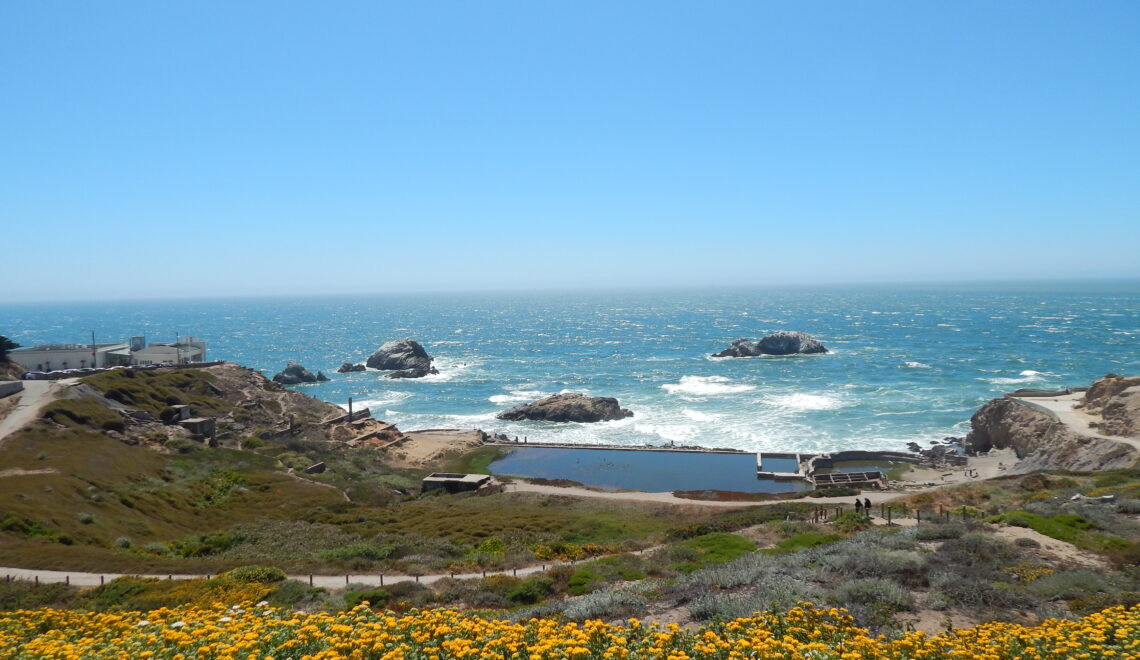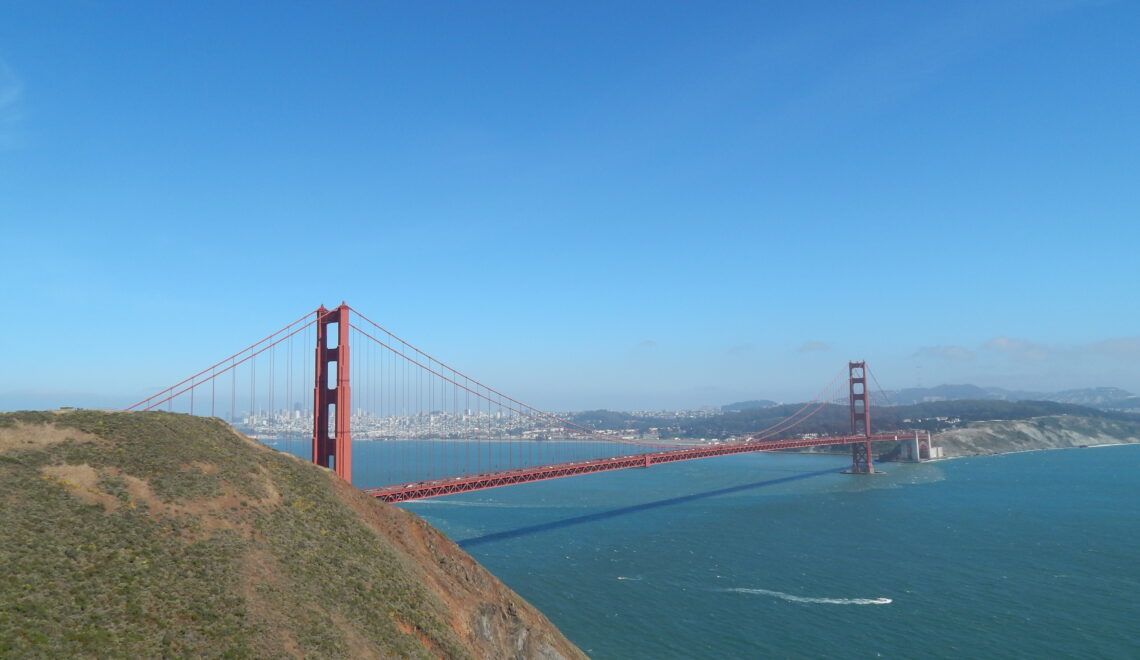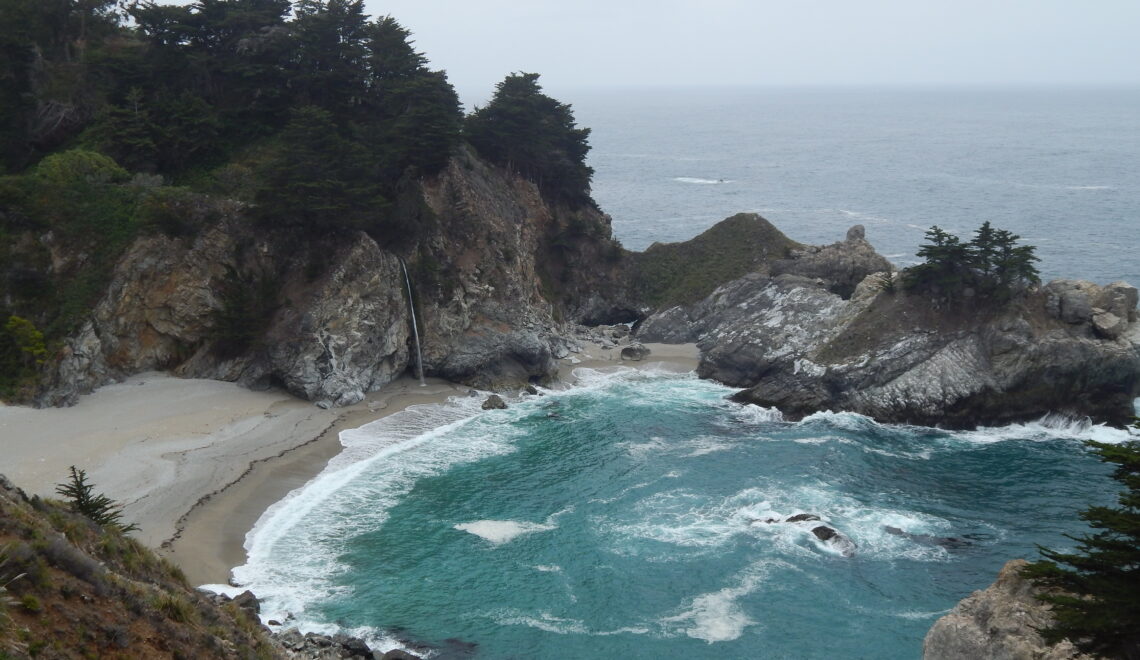Rising at 7 am, I indulged in a delightful breakfast. Today’s agenda involved to climb Gunung Kerinci to reach its base camp, Shelter 2. Mrs. Subandi crafted a delicious meal of banana pancakes for my morning sustenance. Shortly after, I acquainted myself with Mr. Subandi’s son, Kimon, a 30-year-old, who would serve as my guide and porter for the next two days. Mr. Subandi equipped me with essential gear, including a sleeping bag, two bottles of water, a raincoat, hand gloves, and a warm cap. I packed my thermal wear, hiking shoes, pajamas, socks, two pairs of long trousers, and a selection of small snacks. These essentials were crucial as, at an altitude of 3000 meters, since the temperature drops considerably to around two degrees Celsius.
About Gunung Kerinci
At a towering height of 3805 meters, Gunung Kerinci claims the title of Indonesia’s tallest volcano. It remains an active volcano, having emitted a dark column of smoke just last year. The trail to Gunung Kerinci unfolds in three distinctive stages. The initial stage, up to Pos 3, the third outpost or rest area, is relatively easy with minimal elevation gain. The second stage, spanning from Pos 3 to Shelter 1, presents more challenges with steeper inclines. The concluding stage from Shelter 3 to the summit is famously demanding, but detailed insights on this challenging stretch will follow tomorrow.
During the ascent, there are six designated resting points. The initial three are outposts: Pos 1, Pos 2, and Pos 3. The hike from Pos 3 to Shelter 1 is estimated to take one hour, followed by a further hour and thirty minutes from Shelter 1 to Shelter 2. While the total duration is considerably longer, because numerous breaks will be necessary throughout the journey. For a comprehensive comparison of the climbing experience with other summits, you can find more information here.
Journey to Gunung Kerinci
Mr. Subandi transported me to the park entrance on his moped, a brief 10-minute ride. En route, I admired picturesque tea plantations and diverse farmland featuring chilis, potatoes, cinnamon, coffee, and corn. Remarkably, a lot of the world’s cinnamon production originates from this region. It was intriguing for me to witness the source plants of various food items.
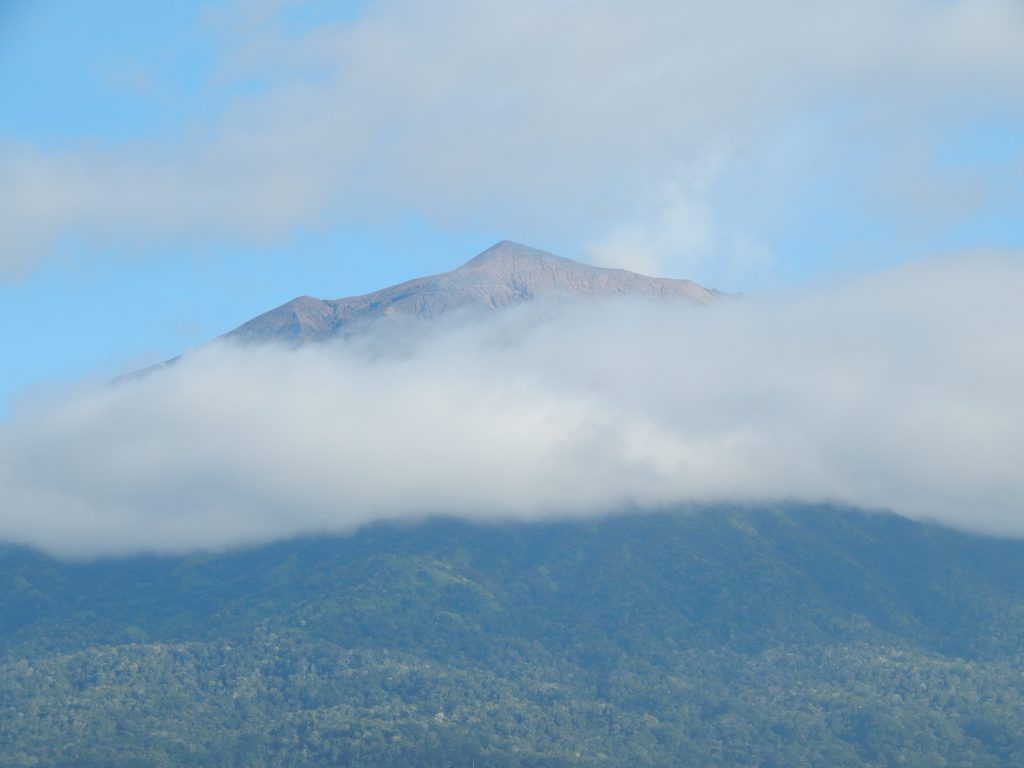
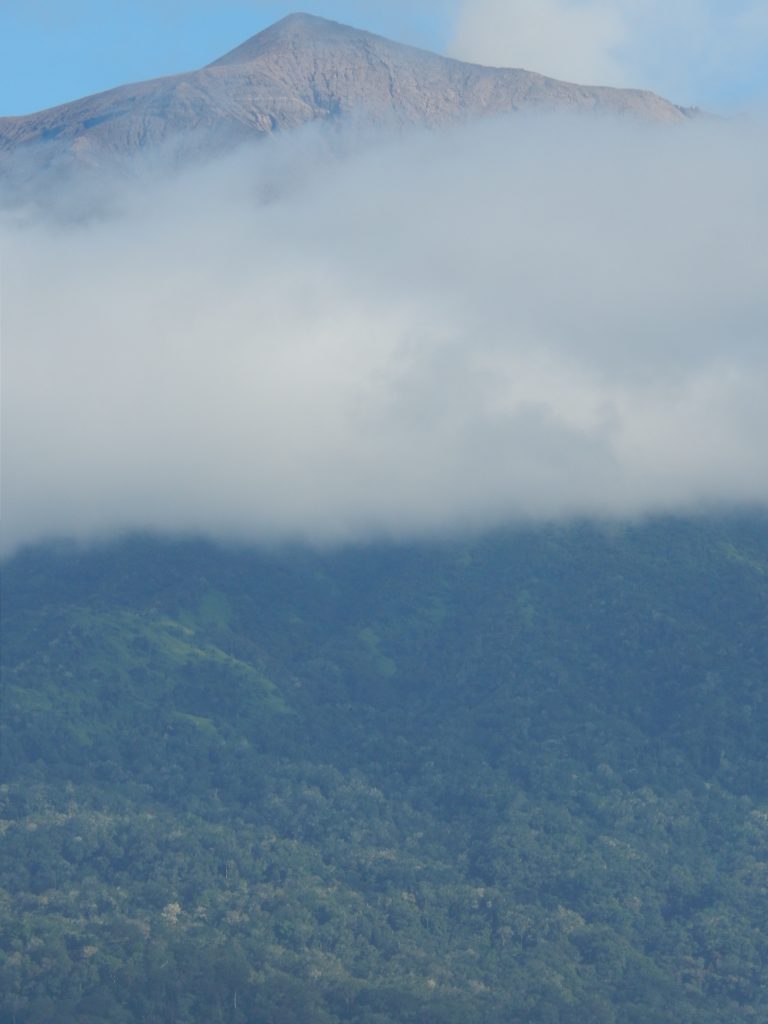
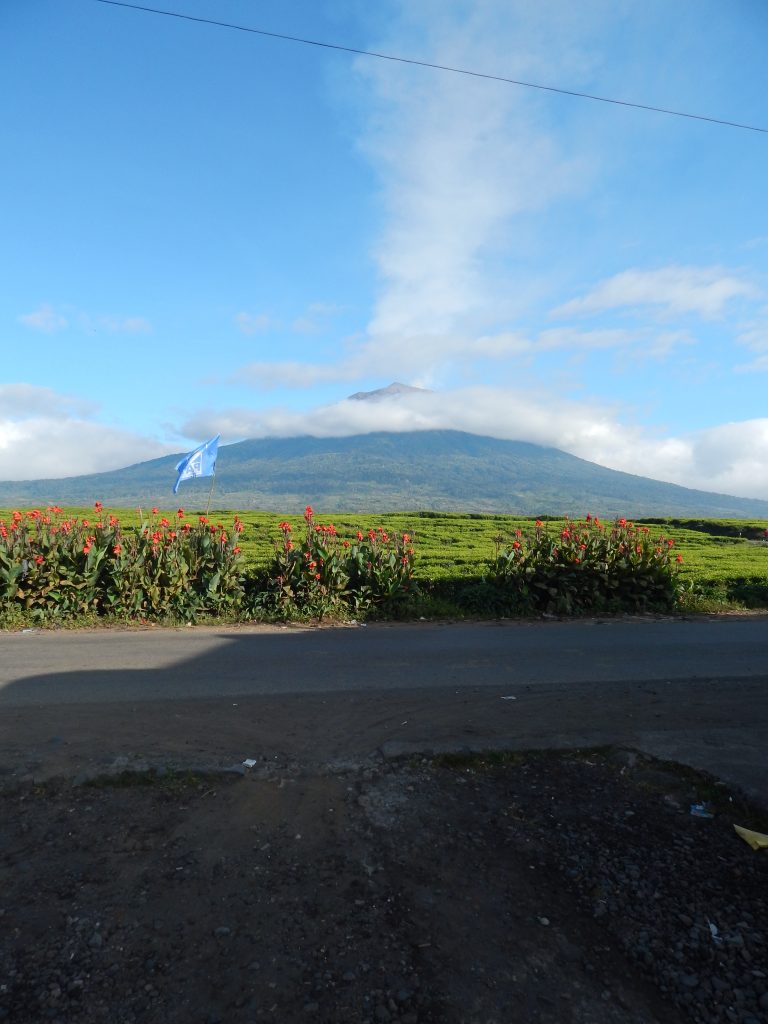
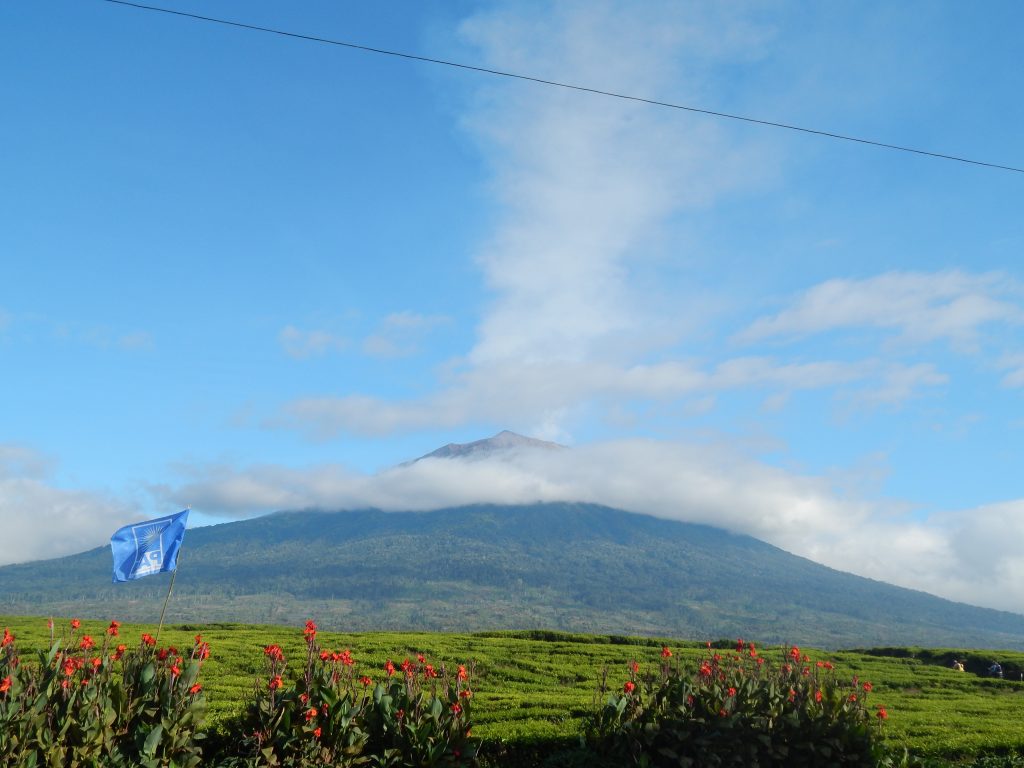
Mr. Subandi bid us farewell upon Kimon’s arrival, extending his best wishes for our journey. We strolled from the farmland to the entrance of the national park, and it became evident that Kimon’s proficiency in English wasn’t on par with his father’s. Our communication was limited to basic topics such as the time, the duration of the walk, and requests for breaks. Remarkably, Kimon scaled Gunung Kerinci almost three times a week, accumulating over 300 climbs to the peak thus far. Throughout our hike, this became evident as he effortlessly carried a 15-kilogram bag, while I managed a 5-kilogram bag, and he didn’t break a sweat.
Kerinci Seblat National Park
We ventured into the Kerinci Seblat National Park, which stands as Sumatra’s largest national park, encompassing an expansive area of almost 14,000 km2. While this location serves as the habitat for the Sumatran tiger and the Sumatran rhinoceros, the likelihood of encountering either of these animals was minimal. Both populations are restricted to around 50 individuals each, grappling with the threats of poaching and habitat loss.
The journey from the entrance of Kerinci Seblat National Park to Pos 1 entailed a ten-minute hike through the jungle with no significant elevation. Our path was flanked by bushes and trees, and a clear, wide dirt pathway guided us. Within an hour, we arrived at Pos 3, and despite lightly sweating, I found this part of the hike to be a breeze.
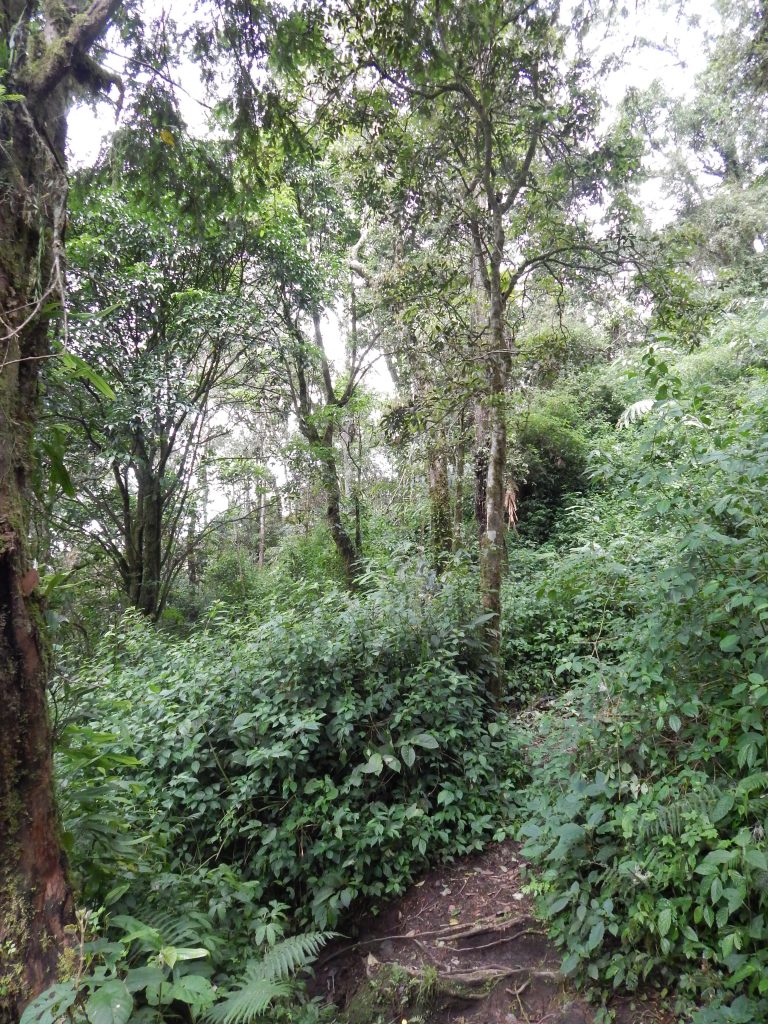
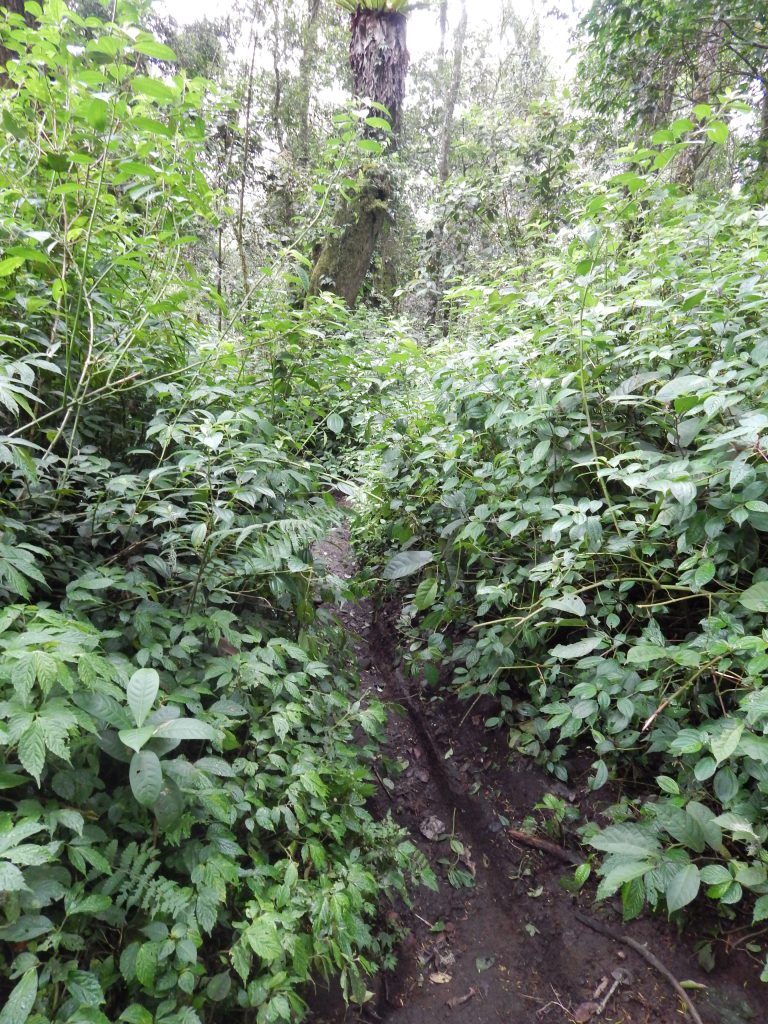
Ascending from Pos 2 to Pos 3, we encountered jungle stairs with a steep incline, but nothing particularly extraordinary. Upon reaching Pos 3, we took a brief break and encountered numerous Indonesian students, who, naturally, insisted on taking pictures with me. They were part of study groups ascending the mountain. During our rest, they posed numerous questions.
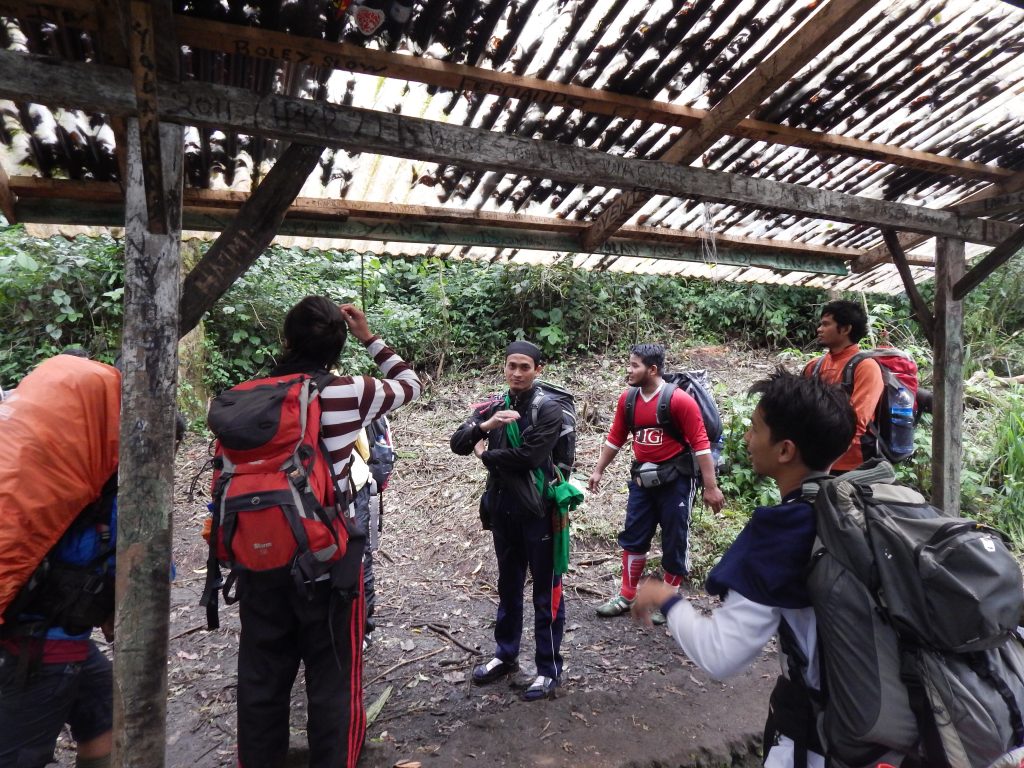
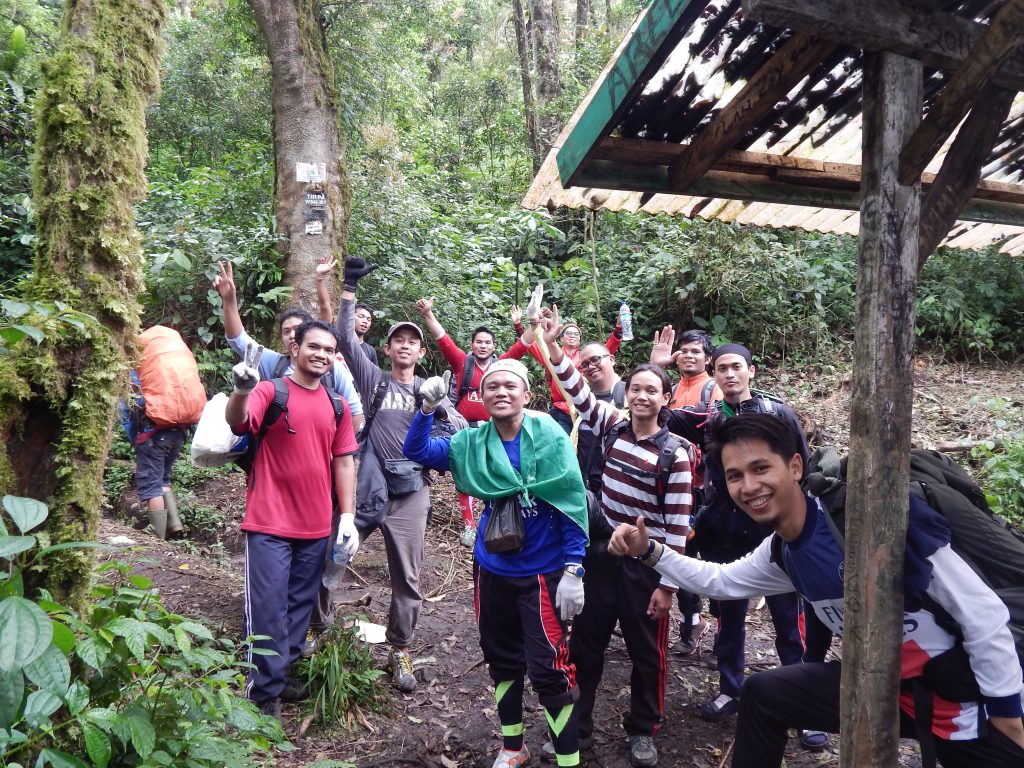
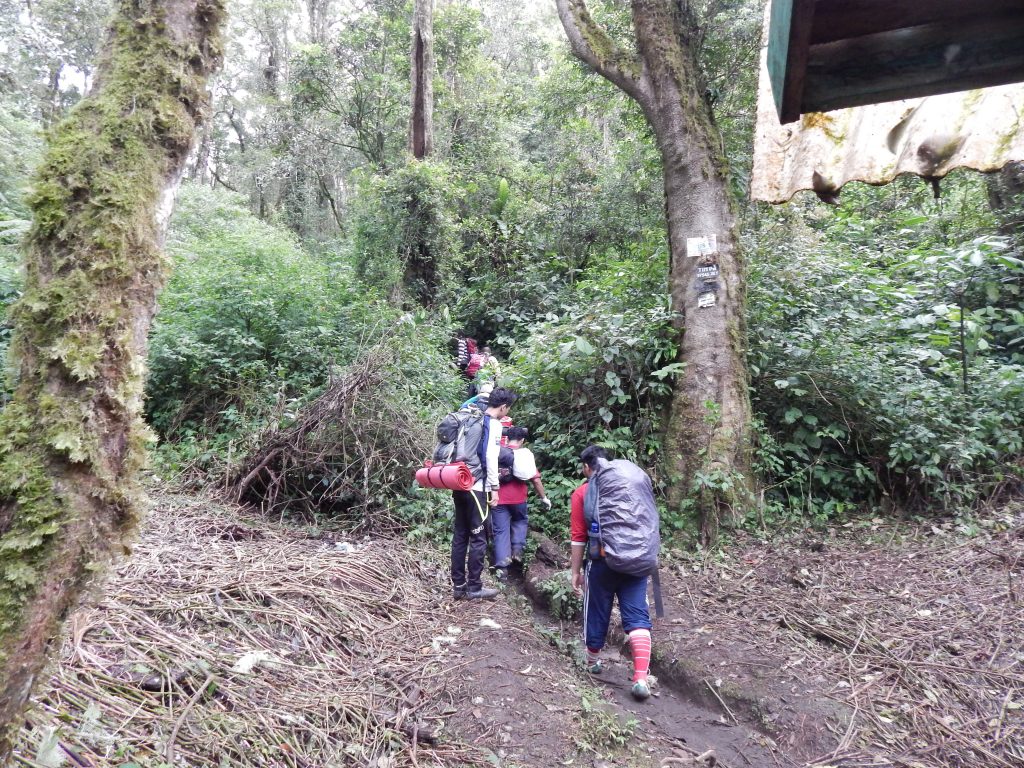
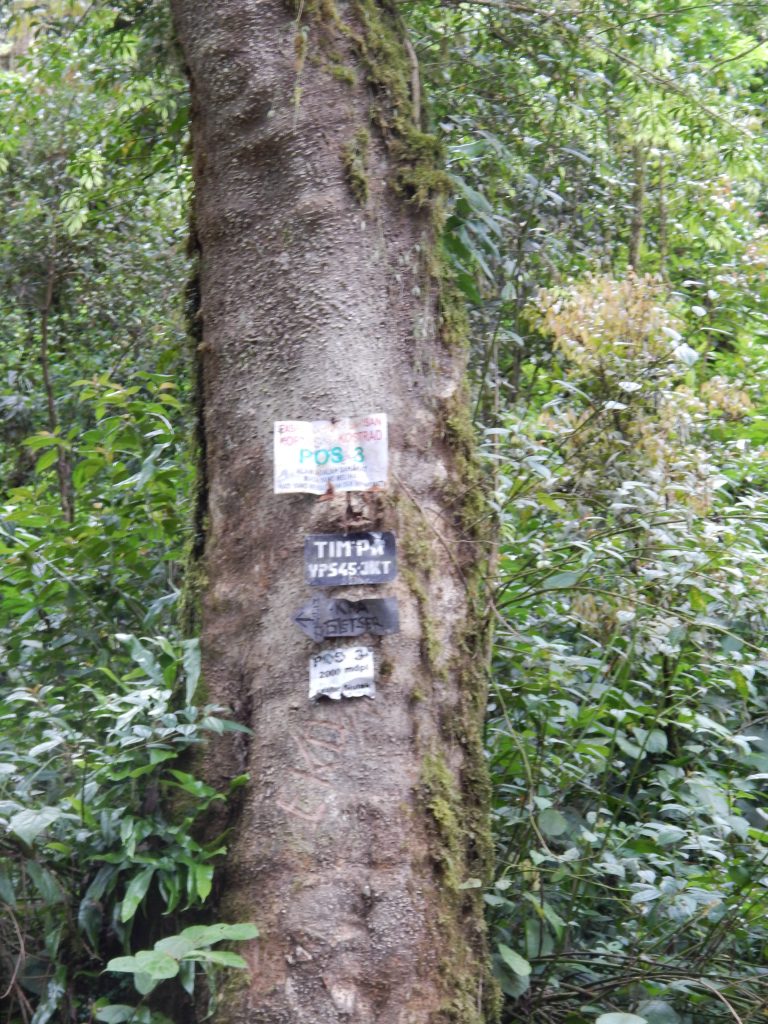
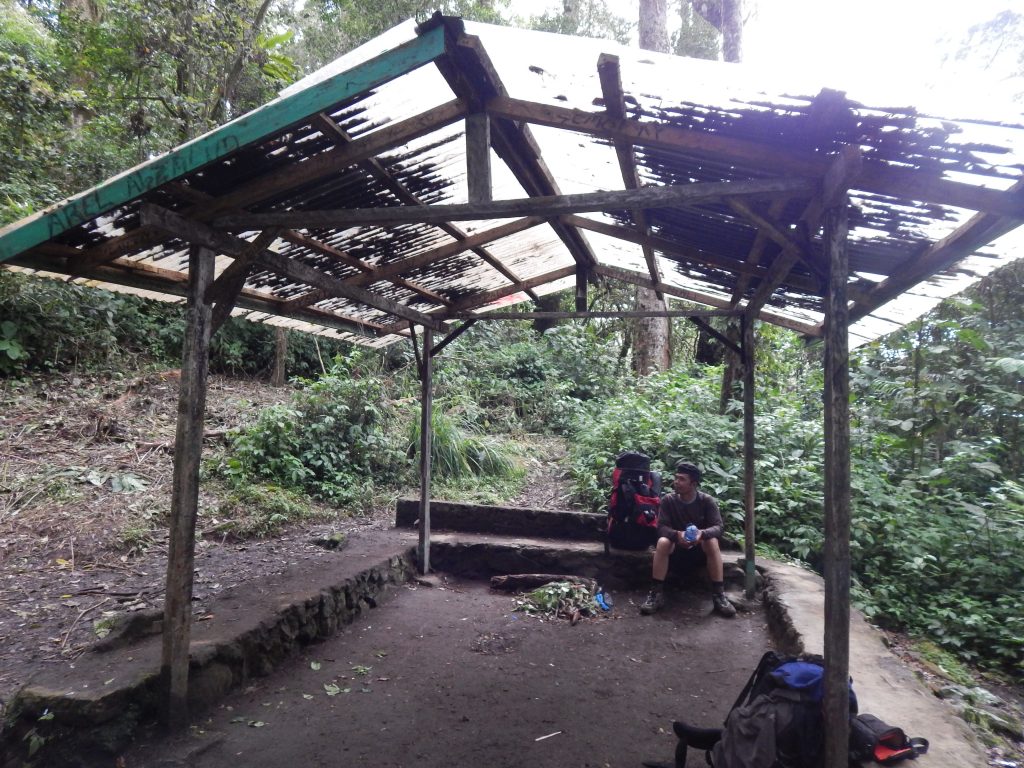
The Journey to Shelter 1
Following a 15-minute break at Pos 1, we resumed our ascent. My optimism about the journey persisted as everything had gone smoothly thus far, and the hike remained comfortable. However, the trek from Pos 3 to Shelter 1 intensified. We confronted elevated terrain, reaching as high as my chin, challenging pathways with uncomfortable features like ditches and roots underfoot, and precarious ledges. At this stage, occasional hand climbing was required, and one had to exercise caution when reaching for branches or trunks to ensure they were not covered in thorns.
The terrain grew challenging, and Kimon’s repeated encouragement, noticing my exertion, became a mantra: ‘slowly, slowly.’ Throughout the day, I estimate Kimon uttered that phrase about thirty times. An hour later, we reached Shelter 1, and by this point, I felt utterly drained. Our meal at Shelter 1 consisted of a simple fare of rice and fried chicken. Although the warm food Kimon provided tasted average, I managed to consume it all. After a 30-minute rest, we resumed our journey once I had regained some strength. The elevation intensified once again, and now sweat streamed down my face during this final stretch of our hike. My leg muscles were fatigued and sore, necessitating several brief rests on the ascent’s concluding part.
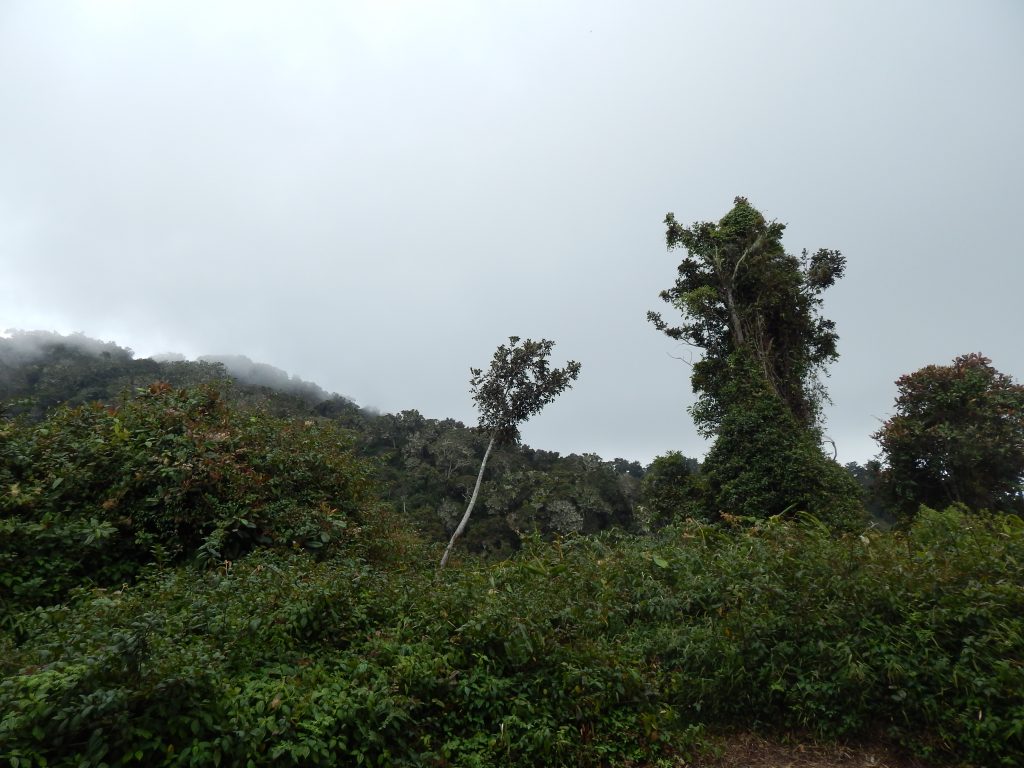
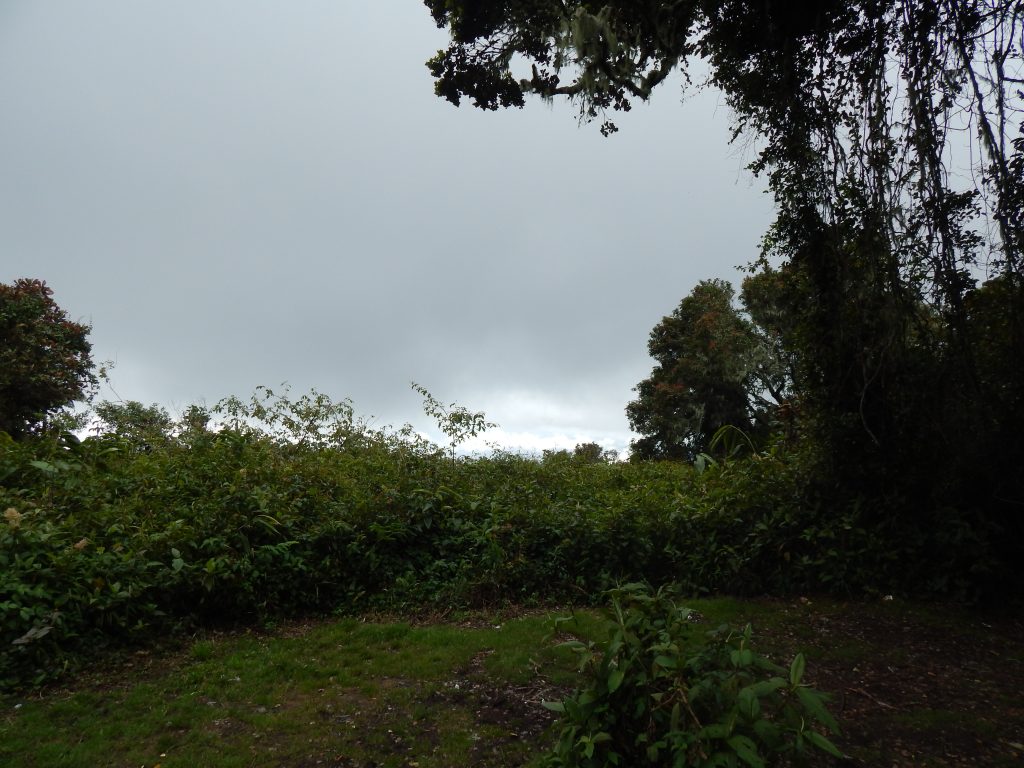
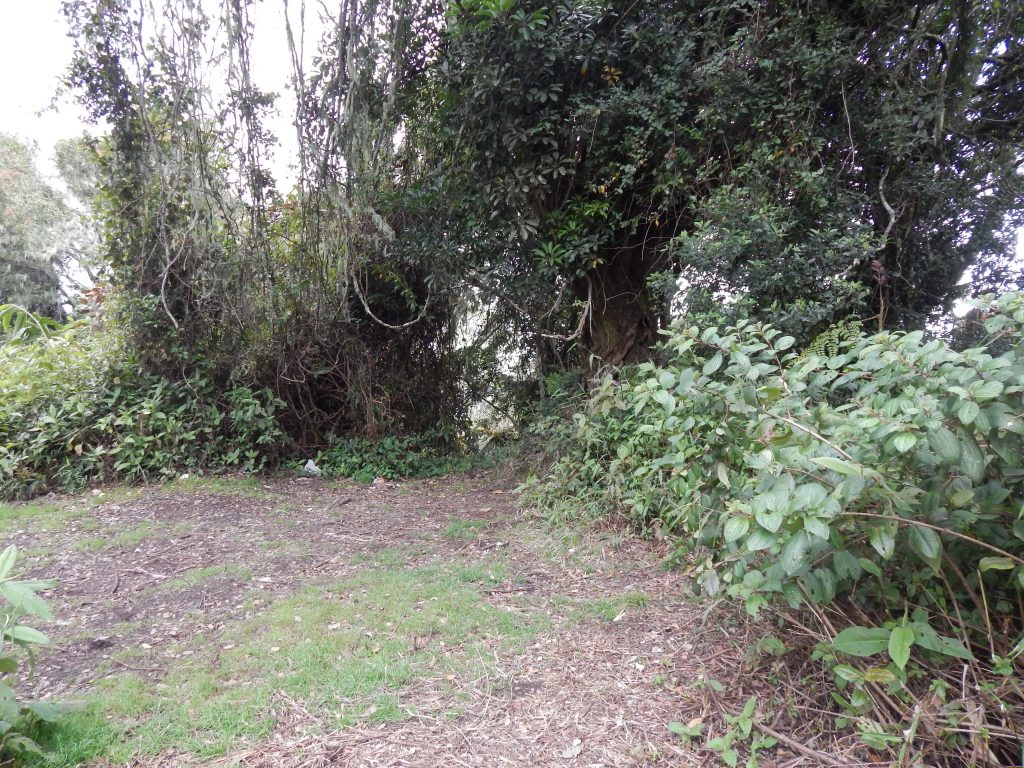
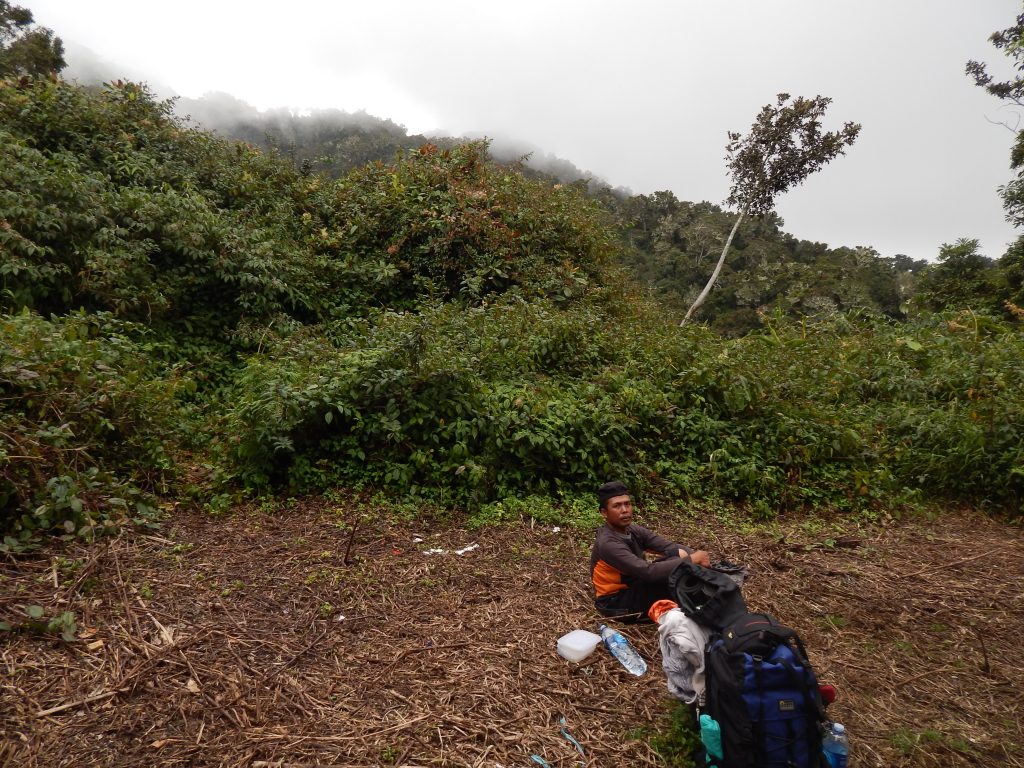
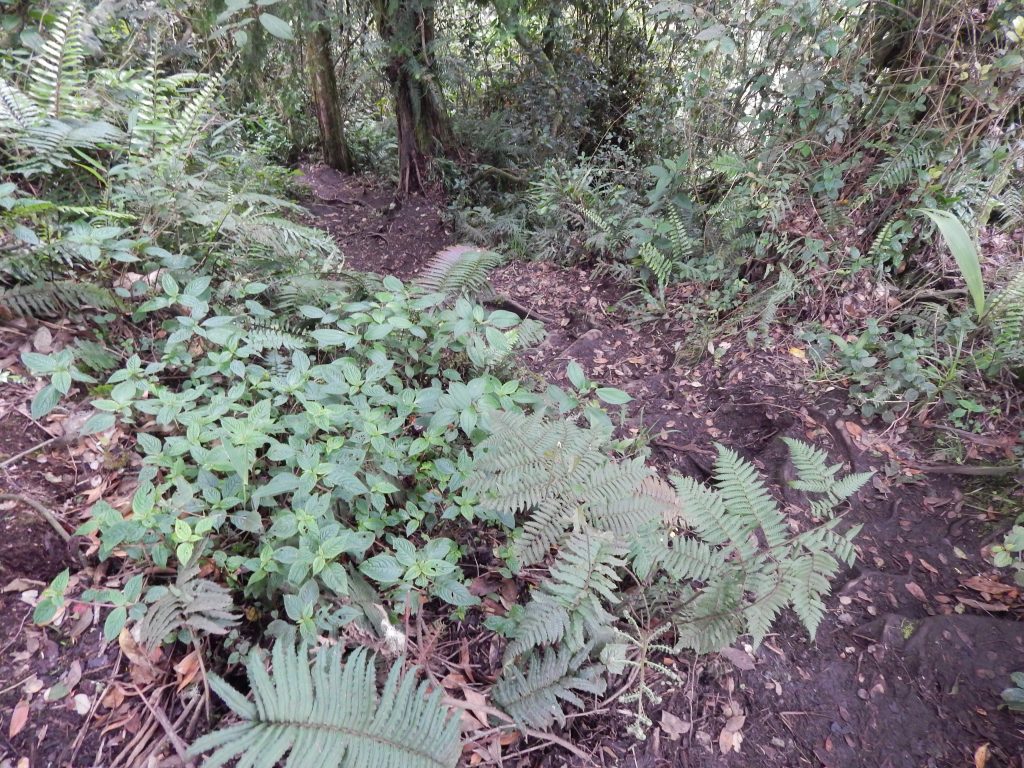
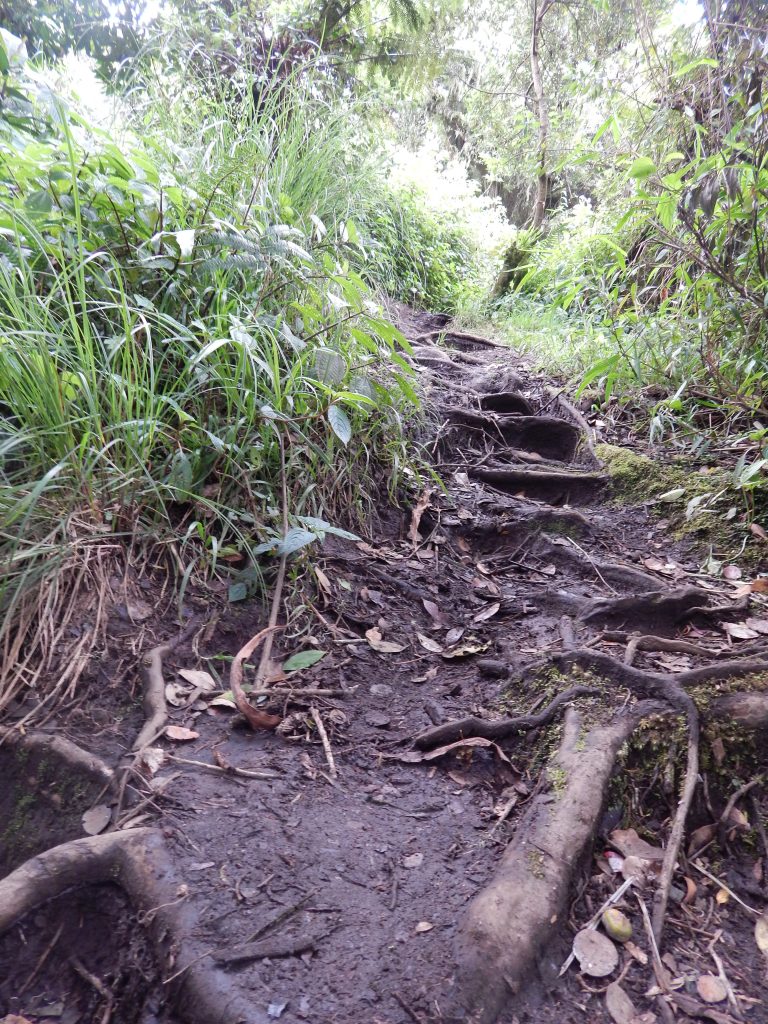
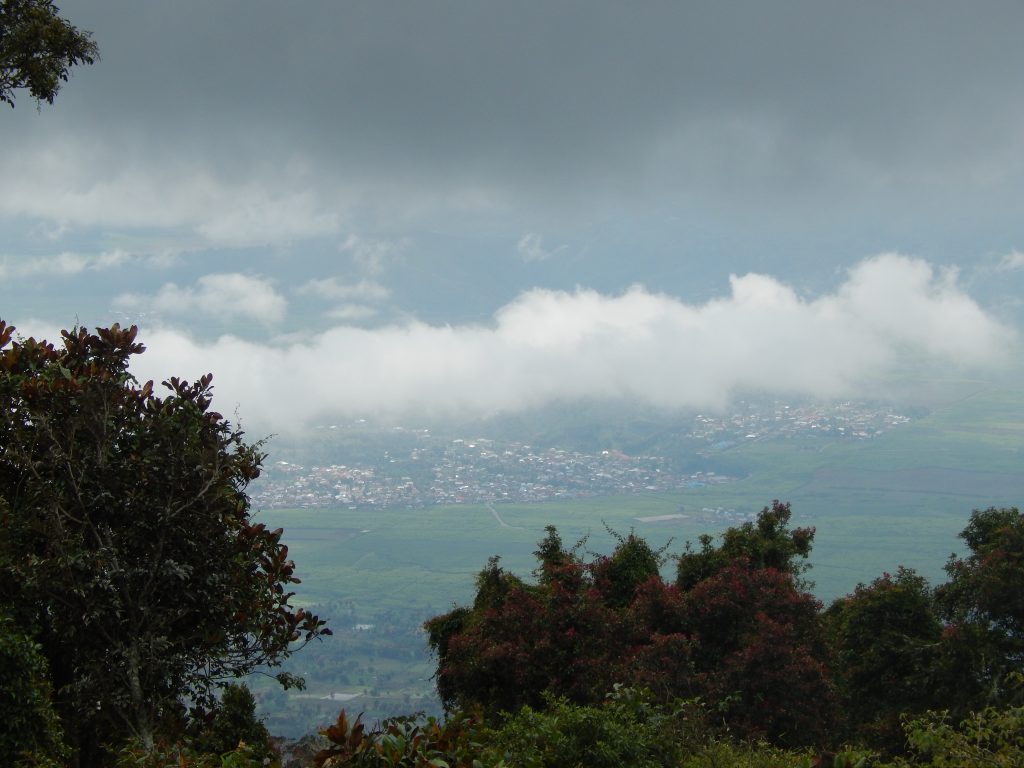
Reaching Shelter 2 brought a sense of satisfaction and accomplishment, yet this hike starkly revealed the extent of my physical fitness. I certainly underestimated the challenge of climbing Gunung Kerinci!
The surrounding vegetation offered some defense against the cold night winds. According to Kimon, the temperature at Shelter 3 would have been significantly lower during the night, owing to the higher altitude and sparse vegetation in that area.
Camping at Gunung Kerinci’s Shelter 2,
While I caught my breath, Kimon efficiently set up the tents, leaving me in awe of his endurance. So far, my legs had endured a robust workout, and with a reluctant gaze, I contemplated the looming summit hike. My primary concern revolved around the descent tomorrow: ‘How on earth will I navigate these steep sections with my backpack?’ and ‘I hope the weather remains dry because traversing slippery mud would be dreadful.’ Once Kimon had erected the two tents, we both opted for a rest. Despite the incessant laughter from a group of Indonesian girls near our tents, hindering my ability to sleep, I managed to snatch an hour of rest. I shouldn’t complain; it was late afternoon.
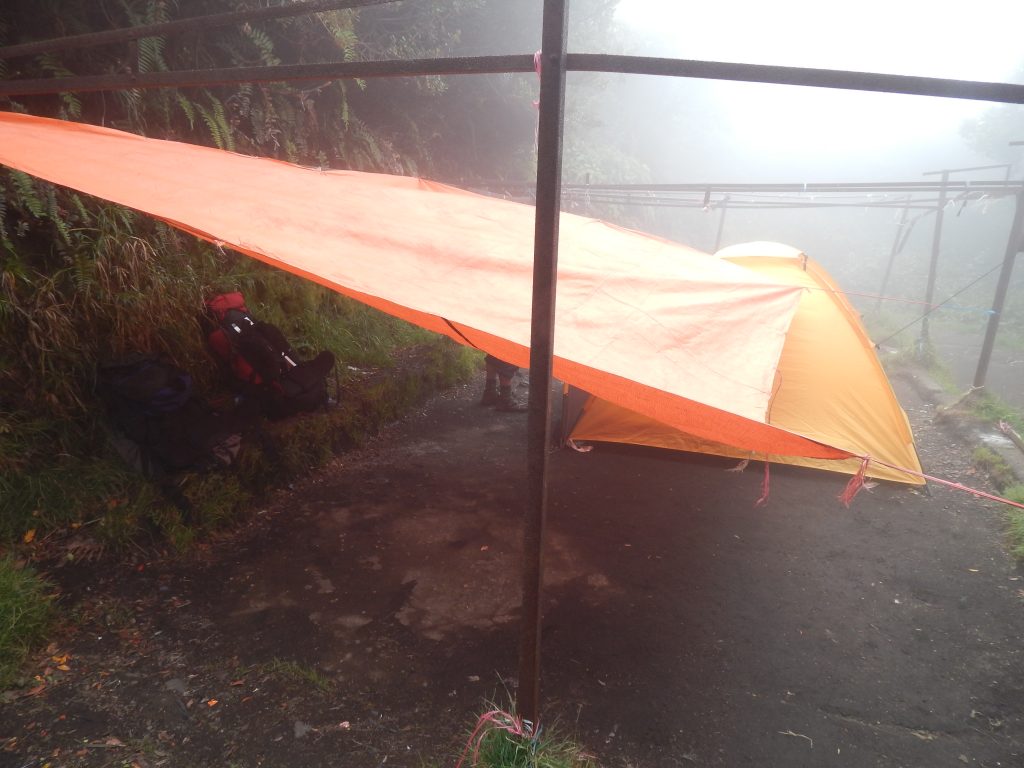



Kimon roused me for dinner, presenting another serving of rice and chicken. I consumed the somewhat bland meal, fully aware that I would need every ounce of energy for the impending night. As dusk settled over Gunung Kerinci around 6 pm, within 30 minutes, darkness enveloped our campsite. The cloudy conditions hindered any panoramic views down the mountain for potential photographs. The entire camp retired early, and Kimon and I set our departure time at 3 am, earlier than most hikers. Our plan was to ascend Kerinci at a ‘slowly, slowly’ pace. Throughout the night, we adhered to this measured approach, yet I couldn’t help but reflect on how I had underestimated the magnitude of this challenge.
